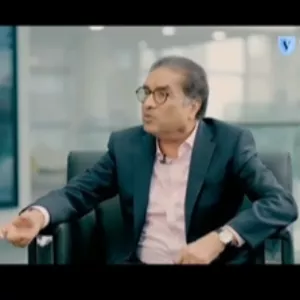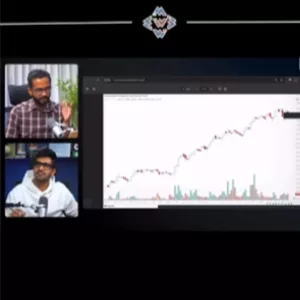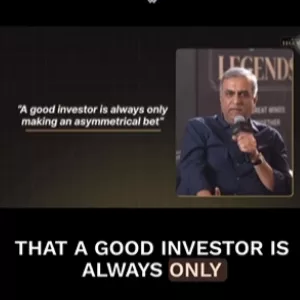Need Financial Planning ?
You Must Read and Follow Wittiest Investments!!
Wittiest Investments helps you in achieving your Financial Goals, through blogging. We assist, educate and advise you on the most important part of financial needs i.e. Financial Planning!






